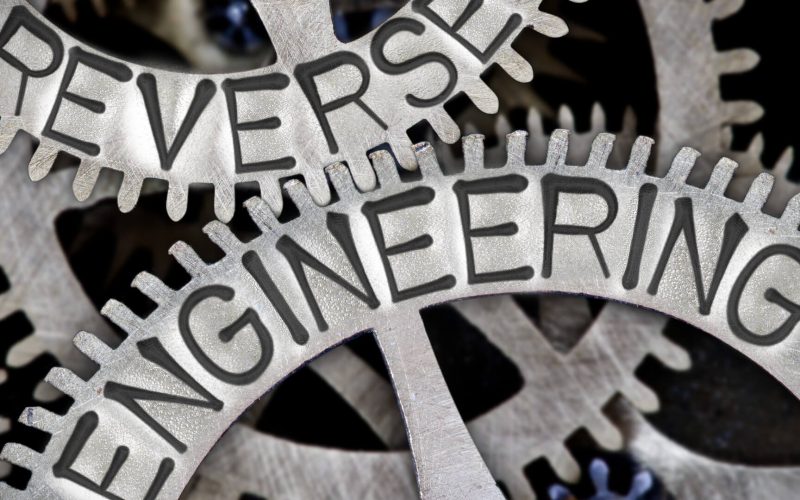
With the support of new technical tools, it is possible for engineers to produce significantly more superior products. CAD (Computer-Aided Design) and 3D scanning are just two types of technology used in product design today.
Using these techniques, reverse engineers try to figure out how a part or machine works and how it was built. This method is especially useful when trying to improve or reproduce an existing part. These studies can also be used to check the accuracy or conformity of freshly designed parts.
Reverse engineering combines methodologies to quickly determine the specifications of a pre-existing part. And it improves the efficiency of the design process and results in a far more successful product.
Design Process
Knowing the design process is essential for understanding the important contributions of reverse engineering. However, even just the term design is commonly misunderstood, so for the purpose of this article, let’s define design as a purposeful pattern of geometrical, physical, or mathematical properties.
Mechanical design is more about how a machine or system operates than how it appears. To do its purpose, a design requires a creator. In our situation, it’s a designer who intended for the previously indicated pattern to occur in a specific manner.
Modern design engineers work in a variety of professions and industries. Mechanical, aeronautical, or computer engineers can work as design engineers. Yet, the design approach is often identical. For example, a mechanical engineer building a mining tool should guarantee that the tool will perform properly. Also, ensuring it will not get damaged within its specified lifetime.
So, in our scenario, the same engineer must follow a design process. A design process begins with a need. If a new design is required, the necessity for it and the requirements should be apparent.
After analysing the requirements, an iteration can begin. This involves an analysis of various methods for creating the needed product. Longwall mining, for example, is a type of underground coal mining. In this method, a long wall of coal is mined in a single slice. The analysis step will include the improvement of systems that will enable the operation to take place.
For the best option, an optimisation study is required. The design will be evaluated at this phase to ensure it meets the requirements. However, there are limits such as manufacturability, performance, and cost.
This process can be repeated several times to achieve the best result. The resolution is presented in the final stage.
Design Engineering Tools
A design engineer employs technology and engineering tools such as mathematics, physics, statistics, and computers to create a product that is usable, manufacturable, and marketable. Such tools are employed extensively to optimise the entire design process.
Digital technologies have increased in importance in recent years, from the creation of 3D modelling through to analysis. Later advancements in automated machining made it easier to bring a 3D model to life.
If we follow the processes that lead to an optimum product, there are tools for each phase. A part can be developed geometrically in a 3D digital environment using CAD applications.
With FEA programs, structural, thermal, or dynamics of the system may be analysed, resulting in less testing. A CAM tool may be used to program CNC machines during the production stage. Finally, the conformance of produced elements may be examined using 3D scanners to assure quality.
Reverse engineering, on the other hand, has the potential to improve product design efficiency even more.
Reverse Engineering
Reverse engineering dismantles and examines pre-existing components to find out more about the component. Structure, function, and sub-parts can be analysed in this manner to obtain valuable information.
Knowing the basic aspects of a mechanism allows an engineer to understand how it works. In most cases, this entails dismantling the machine and checking its components and workings, piece by piece and feature by feature.
The design may be replicated or improved by studying the mechanism and characteristics of the components. In general, a component created by reverse engineering may perform the same function as the original. However, with the further engagement of design processes, additional enhancements may be achieved.
Reverse engineering approaches may be used for several additional purposes. To test freshly created components, the same procedures can be utilised. This will help ensure that the item is built according to the designs and specifications. This is one of the most important aspects of reverse engineering. After production, it is necessary to discover and fix mismatched parts.





